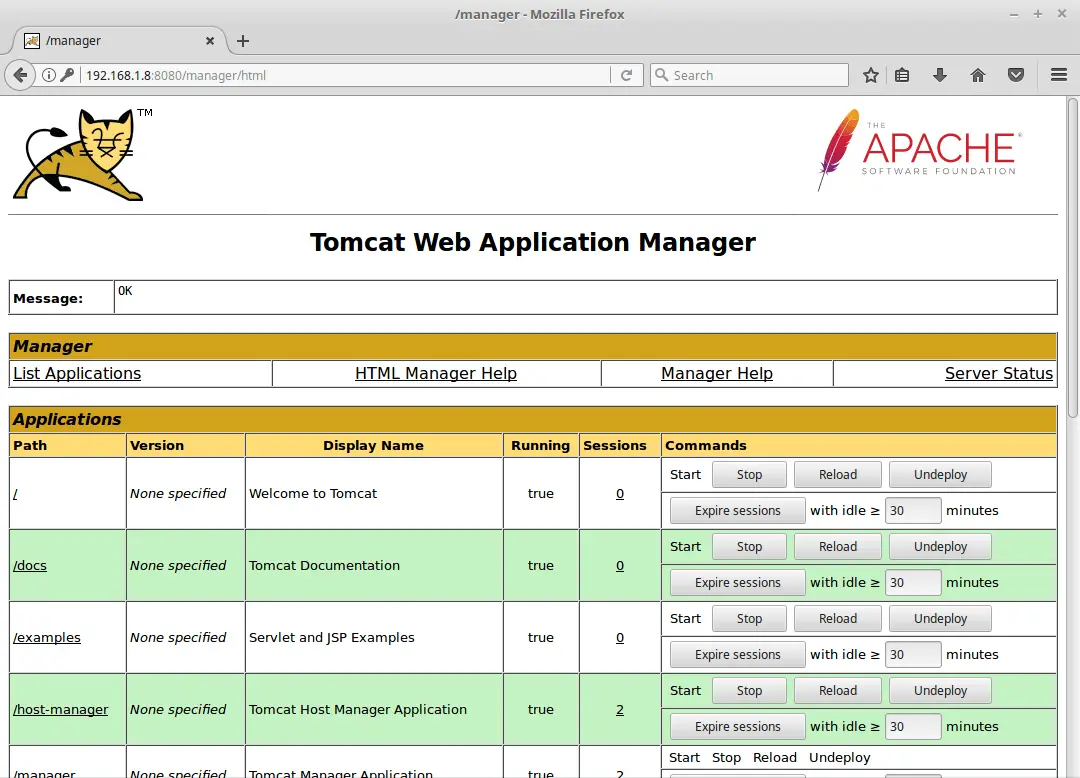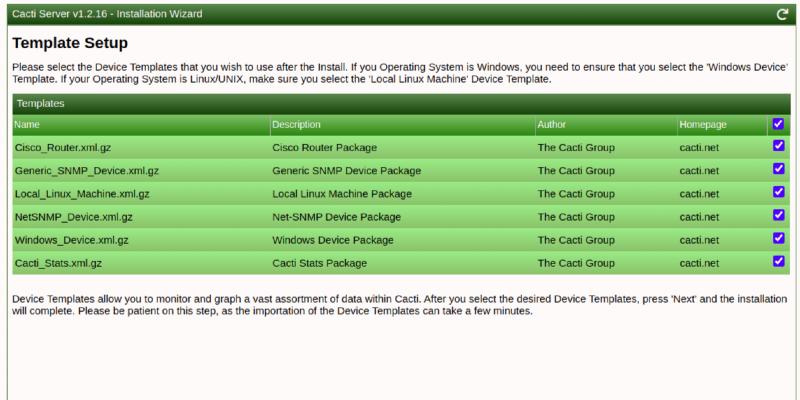

Since Cacti runs on the front end, we need to spin up a web server. Right off the bat, being by updating the system package lists as shown:

At the time of penning down this guide, the latest version of Cacti is Cacti 1.2.16. In this guide, we walk you through the installation of Cacti on Ubuntu 20.04 LTS. With Cacti, you can monitor various network setups: from a small LAN-sized networks to complex networks with hundreds of devices. Now create another shell script start.Along with collecting data, Cacti provides the RRDtool, short for RoundRobin Database tool, which logs and graphs data on dashboards. I am selecting the default.īooting Alpine from alpine.img QEMU Image: The default is UTC, but you can list other supported timezones by pressing ? and. Now type in your new root password and press. I will choose the default, which is dhcp assigned IP address. Now type in the IP address for your network interface. Now type in your keyboard layout (I picked us) and press. If your CPU supports hardware virtualization, and you enabled it from the BIOS of your computer, then you can check whether Virtualization is enabled from your Debian 9 Stretch machine with the following command: If you have Intel CPU, then all you have to do is, enable VT-x or VT-d from the BIOS of your motherboard.įor AMD CPU, you have to enable AMD-v from the BIOS of your motherboard. If you don’t do so, QEMU will be very slow.

I recommend you enable hardware virtualization. So you will have to enable them manually if you do wish to use it. Hardware virtualization feature is disabled by default on AMD and Intel CPU’s. QEMU + KVM will get you almost near native hardware performance. QEMU can be combined with KVM to use hardware virtualization features of your CPU. In this article, I will show you how to install and use QEMU on Debian 9 Stretch.

For example, programs written for ARM based CPUs can be run on x86 CPUs with the help of QEMU. So, QEMU can run programs written for different architecture on your Debian 9 machine. It does not need any kernel patches to run. QEMU does not depend on any hardware features. QEMU is a fast processor emulation technology.


 0 kommentar(er)
0 kommentar(er)
